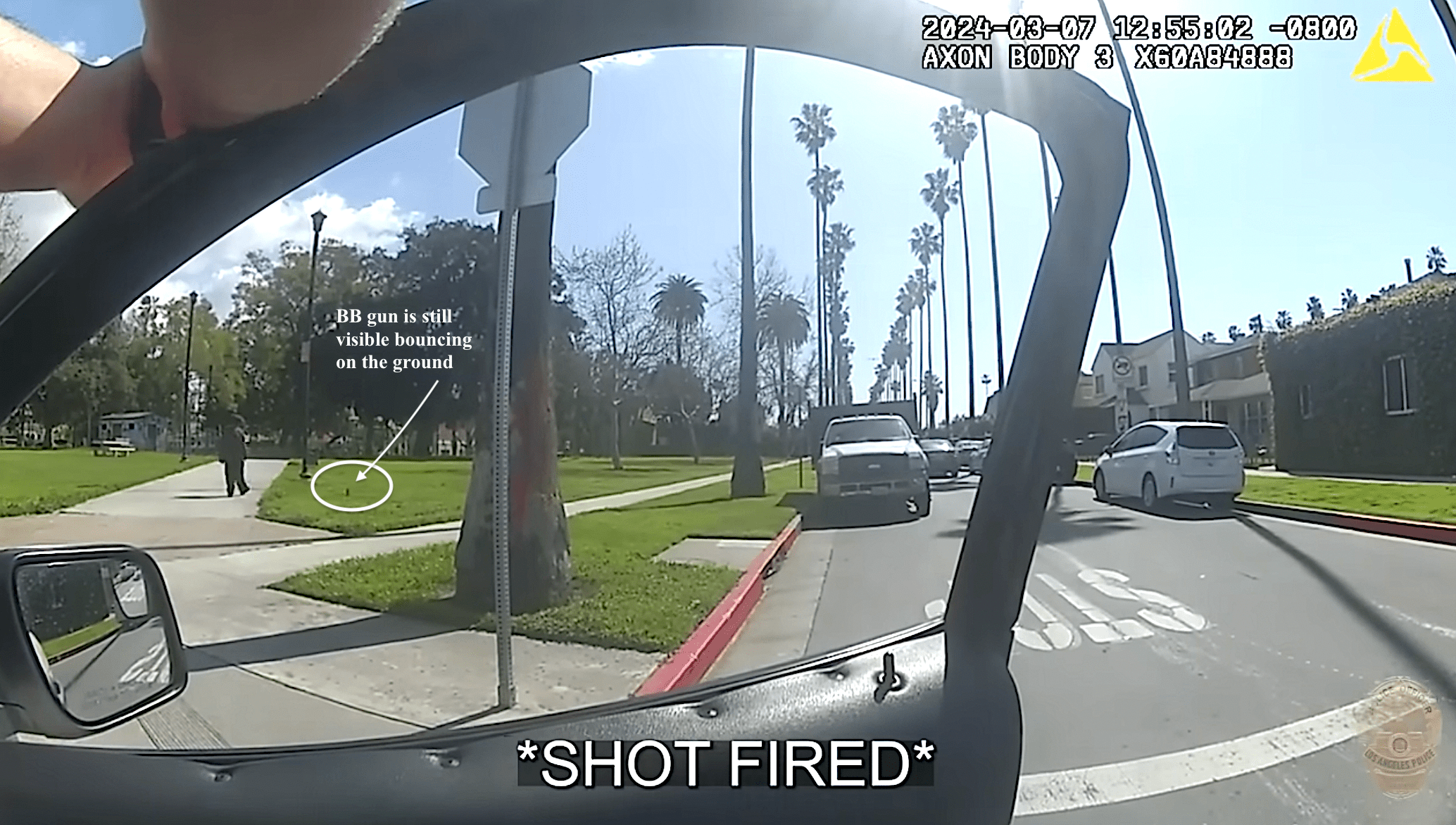Community Voices on L.A.’s Mobility Plan: MCM’s Avila and BAC’s Jacobberger
10:57 AM PDT on March 25, 2014
Streetsblog L.A. is continuing coverage of Los Angeles' draft Mobility Plan 2035. The draft plan is out for comment, SBLA profiled it here. The public is encouraged to submit comments via email, or at a series of Planning Forums taking place through April 12th. The next forum is this Saturday March 29th 9 a.m. to 12 noon at Boyle Heights City Hall, 2130 E. First St., L.A. 90033.
Streetsblog invited some local livability leaders to respond to a few simple questions telling us their opinions of the city of Los Angeles draft Mobility Plan 2035. Today, our two respondents are Betty Avila and Jeff Jacobberger.
Avila is the chair of Multicultural Communities for Mobility (MCM.) Jacobberger is the chair of L.A.'s appointed Bicycle Advisory Committee (BAC.) They've responded to the draft plan in their own words below.
We'll have more community voices on the Mobility Plan later this week.
One quick note on terminology: For this article, the following words are more-or-less interchangeable: Mobility-Transportation and Element-Plan. The document calls itself the "Mobility Plan" though it's also referred to as the "Mobility Element" or the "Transportation Element" of the General Plan.
Betty Avila is Board Chair for Multicultural Communities for Mobility. She has been on the board since 2012 and her work has focused mainly on board development and organizational best practices.
What's your overall opinion of Mobility Plan 2035?
Avila: Multicultural Communities for Mobility is still reviewing the document. We haven't read all of it yet, but we have these preliminary thoughts: Where is the equity piece? There's no clear statement on how each component will be prioritized for implementation throughout the city or what neighborhoods are most in need of improvement. This is particularly important because implementation is contingent on availability of funds from year to year. There was so much outreach and advocacy work done to have the 2010 L.A. Bike Plan include equity as a priority - now that the plan has been absorbed into the Mobility Plan 2035, the equity component should remain.
What do you like best in the plan?
The plan has a lot of potential in terms of how it can support low-income communities of color by transforming the use of space - a healthy, vibrant community is one where people feel safe on their streets, feel empowered to activate the public spaces around them and feel comfortable using the most accessible and affordable mode of transportation available to them. It's great that the plan includes an educational component with a goal of growing the number of people that participate in bike/ped safety and education workshops by 10 percent. This is, however, a modest number and one that can likely be higher by 2035 given the organizational capacity that exists in this city.
What do you think is missing or needs work?
The outreach strategy of the informational forums in different locations is truly disappointing. If this is their only in-person platform for sharing the plan with the public at large, they are missing huge swaths of the populations that can not only greatly benefit from the implementation of the plan, but can also give the most informative feedback. The people at the forum last week were mainly all from within or already well informed on the transportation world. There were Spanish language materials for a non-present monolingual Spanish speaking community. In order to reach low-income communities of color, you have to take these meetings to them and present the information in a culturally relevant way. The Department of City Planning should really be enlisting the help of organizations that have access to large populations in communities like Boyle Heights, MacArthur Park, South L.A., the Valley, etc.
Our second respondent is Jeff Jacobberger. Jacobberger is an urban planner. His work includes consulting for Eagle Rock’s Take Back the Boulevard Initiative, which helped bring bike lanes and pedestrian improvements to Colorado Boulevard. He was appointed by Council President Herb Wesson to the L.A. Bicycle Advisory Committee; and by former Mayor Villaraigosa to Metro’s Westside Central Service Council; he currently serves as Chair of both.
What's your overall opinion of Mobility Plan 2035?
Jacobberger: At the outset, it is important to recognize the enormous challenge that faced the Planning Department: drafting a single document that addresses the transportation needs of a city that stretches across 500 square miles, is home to 4 million people, has 7,500 miles of streets, and has historically underfunded streets and sidewalks, much less more recent demands for bicycle infrastructure. The Mobility Element document seems to have addressed that challenge by including citywide data and somewhat vague one-size-fits-all objectives and policies, rather than forthrightly acknowledging the trade-offs that must be made in a manner that will actually guide the city’s elected and appointed officials.
For example, the Mobility Element includes a policy to “provide all residents . . . with affordable, efficient, convenient and attractive transit services.” As Jarrett Walker explains in Human Transit, resource limitations make this impossible. There are tradeoffs between “coverage”—providing quality transit service to every neighborhood, including those with low transit ridership, (due to low density, etc.) and “ridership”—focusing on frequent, high-quality transit service in denser neighborhoods where transit is genuinely an attractive alternative.
The city of Los Angeles historically has relied on Metro to provide efficient, convenient ridership-driven service through denser parts of the city, and has used its own funds to provide “lifeline” coverage through DASH service that meanders through neighborhoods. That represents a fairly clear (even if not entirely conscious) policy decision about allocation of limited resources. It is entirely defensible. But the Mobility Element lacks any similar clear statement about transit priorities to guide policymakers in decisions about DASH service.
What do you like best in the plan?
There are many things to like about the draft Mobility Element. In many ways, it represents a substantial shift in the way we think about transportation in Los Angeles, away from a near-exclusive concern about automobile congestion and moving as many cars as quickly as possible, toward streets and sidewalks that serve other purposes.
Compared to the existing Transportation Element, it does a much better job of acknowledging and addressing active transportation needs (walking and bicycling). For example, the Complete Streets Manual includes street cross-sections that show how roadway space can be allocated to transit—ranging from curbside transit lanes to center-running bus rapid transit—and bicycling—from standard Class II bike lanes to cycle tracks. The standalone 2010 Bike Plan will be folded into a comprehensive Mobility Element, which helps dispel the notion that biking isn't a “real” transportation mode. The Mobility Element emphasizes safety and environmental concerns in a manner missing from prior plans.
What do you think is missing or needs work?
The CA Office of Planning and Research’s guidelines for implementing complete streets concepts into a city’s general plan state: “A key factor in creating a successful multi-modal transportation network is making sure the planning objectives, policies, and standards reflect the rural, suburban, and/or urban context of a community within the planning area.” The Mobility Element could do a better job of acknowledging that different parts of Los Angeles have very different contexts.
For example, if you look at what the LA Times’ Mapping LA project calls Central LA, but eliminate the Hollywood Hills, you have an urban area that is similar in size and population to San Francisco, with high concentrations of employment and amenities, and excellent transit service. Unlike San Francisco, it is flat. This is the part of the city where biking could be a truly competitive transportation mode, and where we should focus our efforts to install bike infrastructure. However, it also has high levels of traffic congestion, which as we know makes bike infrastructure more politically challenging. I don’t see anything in the Mobility Element that clearly communicates to decision-makers that the parts of the Bicycle Enhanced Network (BEN) through Hollywood or Koreatown are far more important than, say, Roscoe Boulevard through West Hills. Some of the analysis in the EIR hints at this, but it is far from explicit.
In many ways, the Mobility Element substantially retreats from the ambitious goals of the 2010 Bike Plan. The current Bike Plan aims for a 2020 bicycle mode share of 5% for all trips and 3% of commute trips; the Mobility Element itself contains no numeric target, but the draft EIR anticipates a 2.3% mode share by 2035. The 2010 Bike Plan called for constructing 200 miles of bike infrastructure every 5 years, or 40 miles per year. The Mobility Element calls for installing 25% of the 180-mile on-road portion of the BEN every 5 years, or 9 miles per year. Put another way, that is approximately 10 blocks of on-street bike improvements per council district per year. The 2010 Bike Plan may have set unrealistically high goals, but, as written, the Mobility Element almost entirely abandons the notion of on-street bike infrastructure.
Last, but certainly not least, the Mobility Element gives short shrift to funding issues. Last week, other parts of the city family issued a report and recommendations for a $4.5 billion measure to repair automobile infrastructure and fix some sidewalks, with no discussion of how this measure relates to the Mobility Element. This seems to be a clear—if unintended—indication that the Mobility Element won’t have much influence on the City’s decisions about funding transportation infrastructure.
More interviews later this week.
Photo credit: Header bus image by downtowngal via Wikimedia
Stay in touch
Sign up for our free newsletter
More from Streetsblog Los Angeles
LAPD shoots, strikes unarmed unhoused man as he walks away from them at Chesterfield Square Park
LAPD's critical incident briefing shows - but does not mention - that two of the three shots fired at 35yo Jose Robles were fired at Robles' back.
Metro Committee Approves 710 Freeway Plan with Reduced Widening and “No Known Displacements”
Metro's new 710 Freeway plan is definitely multimodal, definitely adds new freeway lanes, and probably won't demolish any homes or businesses
Automated Enforcement Coming Soon to a Bus Lane Near You
Metro is already installing on-bus cameras. Soon comes testing, outreach, then warning tickets. Wilshire/5th/6th and La Brea will be the first bus routes in the bus lane enforcement program.







